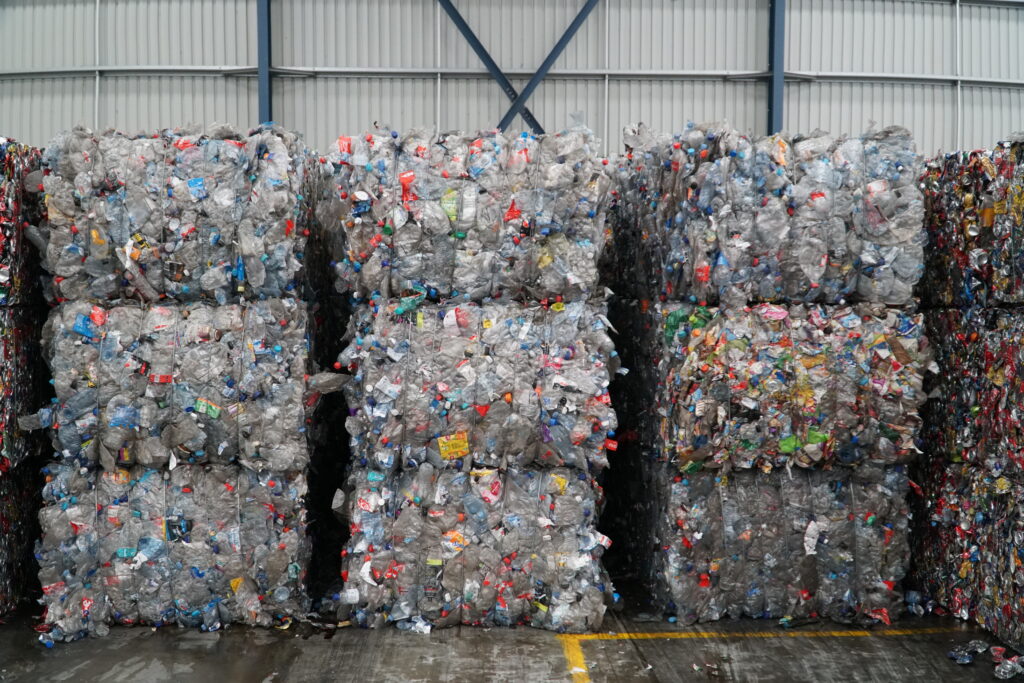“Cleanaway’s Recycling Behaviours Report 2023 confirms that 24% of Australians view the construction of onshore infrastructure to do the recycling, reprocessing and manufacture for the circular economy as the top priority."
“Cleanaway’s Recycling Behaviours Report 2023 confirms that 24% of Australians view the construction of onshore infrastructure to do the recycling, reprocessing and manufacture for the circular economy as the top priority."
A circular economy is the opposite of a linear economy which relies on a “take-make-dispose” model. In a circular economy, recycled material is used to make new products, instead of precious virgin raw material, creating a closed loop on finite resources.
“Cleanaway’s Recycling Behaviours Report 2023 confirms that 24% of Australians view the construction of onshore infrastructure to do the recycling, reprocessing and manufacture for the circular economy as the top priority,” says Cleanaway Sustainability & Community Specialist Rebecca Evered.
Container deposit schemes (CDS) demonstrate circularity in motion
By recycling used bottles and cans into new beverage containers, we can close the loop on hard plastics and aluminium and minimise the volume of these materials from entering our litter streams.
Cleanaway is Australia’s largest collector of PET, HDPE and PP plastics through our involvement in current container deposit schemes in New South Wales, Western Australia and Queensland.
In April 2023 TOMRA Cleanaway was appointed the West Zone Operator for Victoria’s CDS (CDS Vic), with Cleanaway proudly providing logistics services and commodity management. With a population of over 2 million, the west zone equates to approximately one-third of the state in geographic terms.
The scheme is expected to commence on 1 November 2023. It is estimated that half a billion eligible drink containers will be collected through these zones annually.

Pictured: Plastic bottles that have been sorted and compressed into bales for recycling at Cleanaway’s Eastern Creek facility.
Strategic partnerships through Circular Plastics Australia
Our involvement in Circular Plastics Australia (PET) a joint venture partnership between Pact Group, Cleanaway Waste Management Ltd, Asahi Beverages, and Coca-Cola Europacific Partners (CCEP) is another way we’re contributing to the local circular economy.
The first CPA (PET) recycling facility in Albury is capable of recycling more than 28,000 tonnes of PET annually, or roughly 1 billion 600ml PET plastic bottles each year collected through CDS or kerbside recycling.
The second CPA (PET) facility in Altona, Melbourne is on track for completion in September 2023 and will have similar recycling capacity as the CPA (PET) Albury facility.
The CPA (PET) Albury facility was supported by a $5 million grant through the NSW Government’s Waste Less, Recycle More initiative, with the support of the Australian Government’s Recycling Modernisation Fund.
The CPA (PET) project in Altona, Melbourne has received $6 million in funding through the Australian Government’s Recycling Modernisation Fund and the Victorian Government’s Recycling Victoria – Recycling Modernisation Fund.
Cleanaway CEO and Managing Director Mark Schubert adds that the mission of the partnership is to develop the most advanced recycling infrastructure in the region, “This is to ensure that traceable, certified locally collected and processed food grade and non-food grade rPET can be made available to Australian manufacturers.”
We are also exploring ways to recycle a broader range of plastics including HDPE and PP. CPA (PE) is a joint venture between Pact Group Holdings Ltd and Cleanaway Waste Management Ltd. The upcoming CPA (PE) facility in Laverton, Melbourne launching in August 2023 will process around 20,000 tonnes of mixed plastics each year, the equivalent of half a billion plastic milk bottles and food tubs collected from household recycling bins.
The CPA (PE) facility is being supported by the Victorian Government through its Recycling Victoria Infrastructure Fund and the Australian Government through its Recycling Modernisation Fund.
Cleanaway will continue to contribute to infrastructure that provides high quality, clean feedstock material for new food and beverage containers in the years to come. This demonstrates how we’re broadening the scope of circularity for household plastics to provide better circular outcomes for the country.
Contact us to learn more about how we’re making a sustainable future possible together for communities and businesses across Australia.